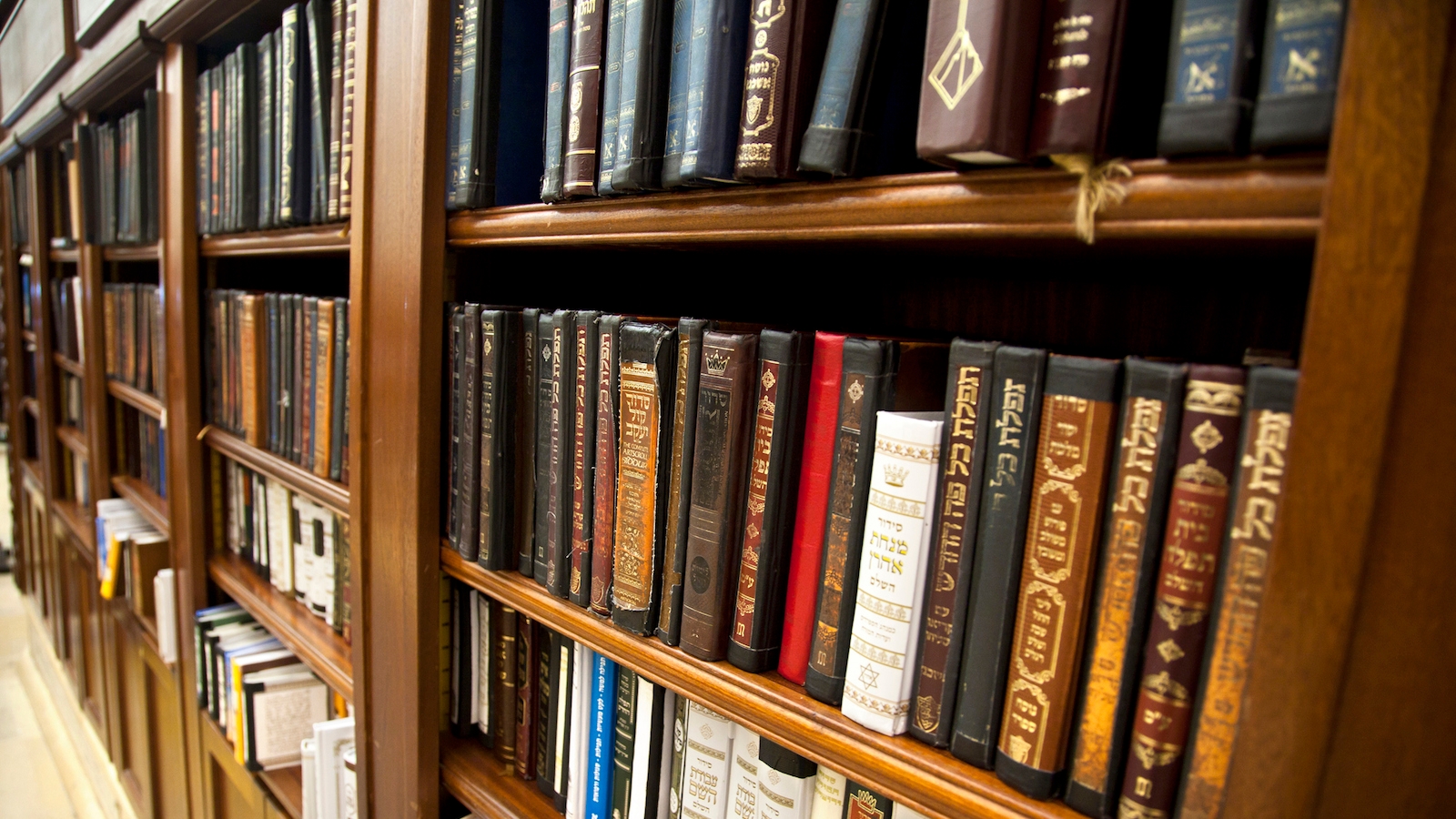By the beginning of the 11th century the vast Muslim empire stretched from Kabul in the East (in today’s Afghanistan) to the Spanish peninsula in the West. This meant that it was increasingly easy for Jews to migrate along trade routes and establish or invigorate existing Jewish communities throughout North Africa and Spain. A similar dispersion occurred in Christian Europe after the Frankish kings invited Jewish traders to settle in Provence and the Rhineland (Ashkenaz).
As these Jewish communities grew, they developed their own rabbinic schools and scholars, which came to rival those of Babylonia. This explosive growth resulted in dramatic increases in the number and diversity of local customs (minhagim) and halachic rulings, gradually causing the religious and national authority of Babylonian Jewry to decline. Thus, the stage was set for the period of the rishonim (the “first” or “early” scholars), which began, roughly, with the death of the final gaon, Hai ben Sherira, in 1038 CE and lasted until the publication of Joseph Caro’s Shulchan Aruch in the 16th century.
In many ways the rishonim merely continued what the geonim had already developed. But the halakhah was also becoming ever more unwieldy, even for scholars. The pressing need to organize, consolidate, and clarify the growing corpus of halakhah inspired some rishonim to codify Jewish law.
Sefer ha-Halachot of Yitzhak Alfasi (the “Rif”), written in the late 11th century, was the first such attempt. Although more a summary of the Talmud than a code per se, in this work, Alfasi condensed the talmudic discussions on points of halacha and recorded his final rulings, even in cases that were still hotly debated.
With your help, My Jewish Learning can provide endless opportunities for learning, connection and discovery.
A century later, Maimonides (12th century Spain/Egypt) composed the first true halachic code, his monumental Mishneh Torah–also known as Ha-Yad ha-Hazakah. Written in simple Hebrew, and organized topically, the Mishneh Torah was revolutionary in the way it presented the laws in a totally new format and without providing the biblical and rabbinic sources for its decisions.
Even though Maimonides’ accomplishment seemed impossible to match, other codes did emerge. Examples produced by Sephardi authors include Nahmanides‘ Torat Ha’adam, Shmuel Sardi’s Sefer Haterumot, and Shlomo Aderet’s Torat Habayit (all 13th century). At the same time Ashkenazi rabbis produced similar works, such as Eliezer b. Yoel Halevi’s Sefer Ravyah (12th century Germany), Yitzhak b. Moshe’s Or Zaruah (13th century), and Mordecai b. Hillel’s Sefer Mordecai (13th century).
The next major development in halacha was Asher b. Jehiel’s Piskei ha-Rosh. Asher (the “Rosh”), the leading 14th-century German rabbi, criticized the codification trend for restricting the individual scholar’s flexibility to decide issues based on earlier texts, such as the Talmud. He therefore modeled his magnum opus, both in structure and in expansive discussion style, after Yitzhak Alfasi’s Sefer ha-Halachot in the hope of reinvigorating localized authority.
Asher’s son, Jacob produced the next major work of halachic literature, the Arba’ah Turim (“Four Columns”). The Tur, as it is known, distilled the halachic corpus–including both Sephardi and Ashkenazi schools–into clear, concise, decisive statements. Jacob organized all of the halachot into four general sections (called “Turim“): Orah Hayyim, which covered daily conduct; Yoreh De’ah, which covered dietary laws, many life cycle rituals, and laws of ritual purity; Even ha-Ezer, which covered family law matters; and Hoshen Mishpat, which covered both criminal law and “civil” law, such as contracts and torts.
The works of Joseph Caro and Moses Isserles concluded this period. After fleeing Spain in 1492, Caro arrived in Safed, Israel, where he composed the Bet Yosef, a massive commentary to the Arba’ah Turim, in which he identified and analyzed the Tur‘s sources and conclusions. Caro considered the Bet Yosef his major accomplishment, but came to understand that it was still too large and complex for most people to use.
Consequently, Caro distilled his massive scholarship into a decisive code that was even more concise, comprehensive, and easy to use. He modeled this work, the Shulhan Arukh (“Set Table”), after the Arba’ah Turim, but refined its structure so that individual laws were easier to find.
The Shulchan Aruch was an immediate success, but in disputes between Sephardic and Ashkenazi authorities, the Shulchan Aruch generally favored Sephardic authorities. Moses Isserles, the leading Ashkenazi authority of the day, devised a novel solution. Instead of writing an entirely new codification that reflected the Ashkenazi traditions, he wrote glosses to Caro’s work. He named his work the Mappah (“Tablecloth”) and from then on Caro’s and Isserles’ works were published together. The combined work came to be accepted universally and generated a wave of commentaries and meta-commentaries that continue to be written today.
Ashkenazi
Pronounced: AHSH-ken-AH-zee, Origin: Hebrew, Jews of Central and Eastern European origin.
Talmud
Pronounced: TALL-mud, Origin: Hebrew, the set of teachings and commentaries on the Torah that form the basis for Jewish law. Comprised of the Mishnah and the Gemara, it contains the opinions of thousands of rabbis from different periods in Jewish history.
Yitzhak
Pronounced: eetz-KHAHK, Origin: Hebrew, Hebrew name for Isaac.
Sephardic
Pronounced: seh-FAR-dik, Origin: Hebrew, describing Jews descending from the Jews of Spain.
halacha
Pronounced: hah-lah-KHAH or huh-LUKH-uh, Origin: Hebrew, Jewish law.
halachic
Pronounced: huh-LAKH-ic, Origin: Hebrew, according to Jewish law, complying with Jewish law.



